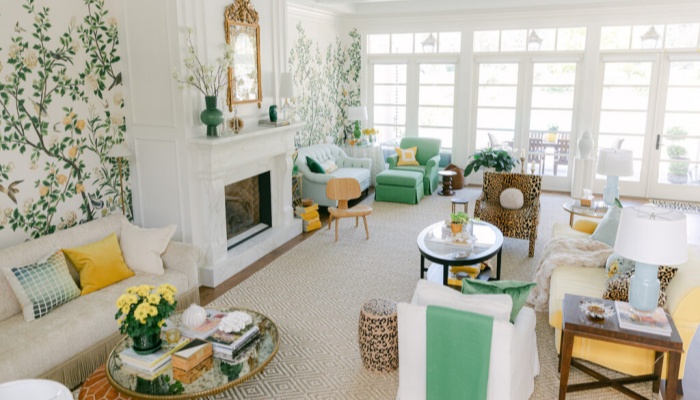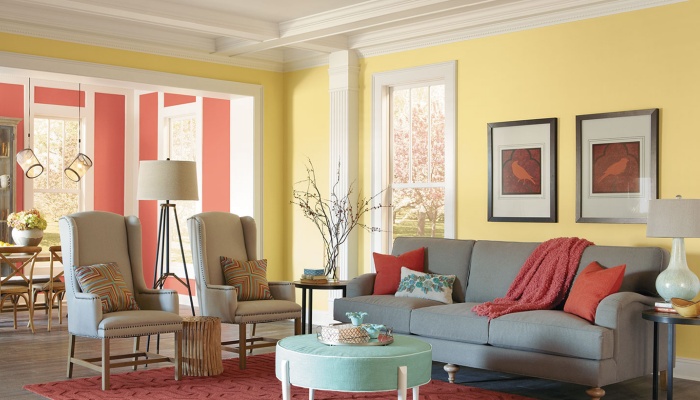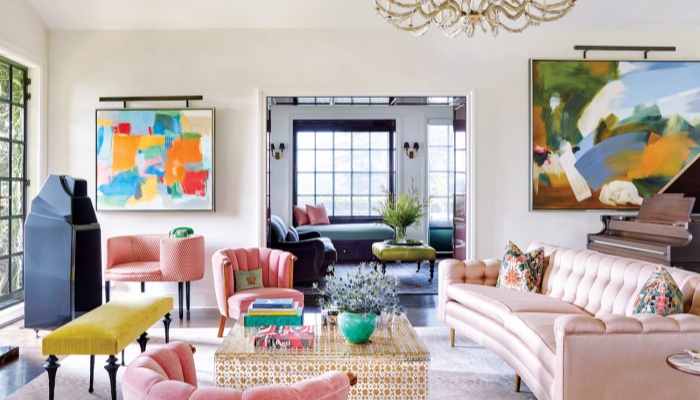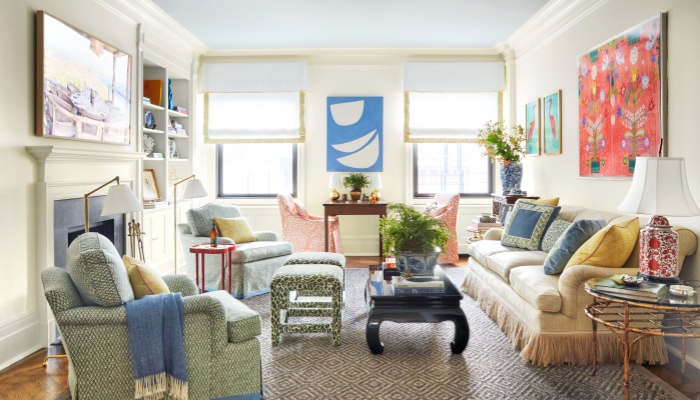One of the primary reasons color coordination is important is its psychological impact. Colors have the ability to evoke emotions and influence mood. For instance, blues and greens are known for their calming effects, making them ideal for bedrooms and relaxation areas. On the other hand, warm colors like reds and yellows can stimulate energy and creativity, making them suitable for social spaces. By carefully coordinating colors, you can create an atmosphere that aligns with the intended function of each room.
Another reason color coordination matters is its role in creating visual harmony. A well-coordinated color palette can make a space feel cohesive and thoughtfully designed. When colors complement each other, they create a sense of unity that can enhance the overall aesthetic. This is particularly important in open-concept spaces where multiple areas are visible at once. A harmonious color scheme can help define different zones while maintaining a cohesive look.
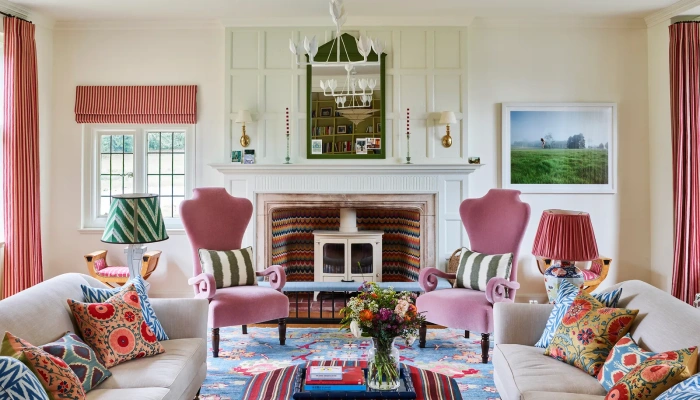
Additionally, color coordination can affect how space is perceived. Lighter colors can make a room feel more spacious and airy, while darker colors can create a sense of intimacy and warmth. By strategically using color, you can manipulate the perception of space to suit your preferences. For example, painting a small room in light, neutral tones can make it feel larger, while using darker shades can create a cozy retreat.
Color coordination also plays a significant role in highlighting architectural features and furnishings. A well-chosen color palette can draw attention to unique elements such as moldings, windows, and built-in shelves. By contrasting colors, you can make these features stand out and enhance the overall design of the space. This approach allows you to showcase the character of your home while maintaining a balanced look.
Moreover, color coordination can simplify the decorating process. When you have a clear color scheme in mind, it becomes easier to select furniture, accessories, and decor that align with your vision.
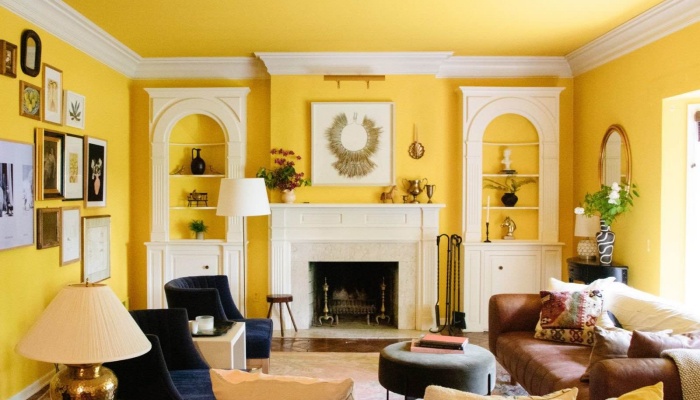
This saves time and reduces the likelihood of making impulsive purchases that may not fit into the overall design. A well-defined color palette serves as a guide, making it simpler to curate a space that feels intentional and well thought out.
It is also essential to consider the flow of color throughout your home. A consistent color scheme can create a sense of continuity from room to room, making your home feel more connected. This is particularly important in homes with an open layout, where colors can transition from one space to another. By maintaining a cohesive color palette, you can ensure that each area feels like part of a larger whole.
Color coordination is vital in home decoration as it influences mood, creates visual harmony, affects spatial perception, highlights architectural features, simplifies the decorating process, and maintains flow throughout your home. Understanding the importance of color can empower you to make informed decisions that enhance the beauty and functionality of your living space.

